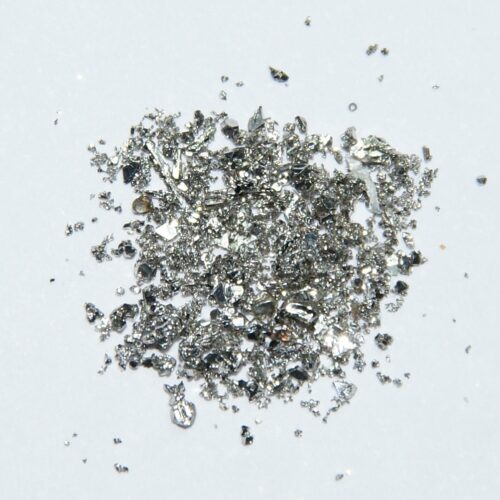Anthropogenic pollutants—that is, those released by human activities—are toxic and can pose serious risks to human and ecological health. Chlorinated phenolic compounds (CPs), often used in pesticides, herbicides, and various other chemical products, are one such type of pollutant. These compounds need to be removed from water systems by a process known as hydrodechlorination. Conventional treatment methods such as filtration, however, are not effective. As a result, scientists have begun to explore electrocatalysis as an alternative technique to cleave the chlorine from phenol, ridding systems of CPs.
Palladium-based catalysts offer a promising solution to catalyze or promote this reaction. However, palladium (Pd) is a costly material, and past experimentation with Pd nanoparticles (Pdnano) has demonstrated various limitations in dechlorination efficiency. A team of researchers at Yale, including post-doctoral fellow Dahong Huang and senior professor Jaehong Kim, devised an electrocatalytic technique utilizing single-atom palladium (Pd1) that circumvents both the cost and mechanistic issues posed by Pdnano. Their efforts, in collaboration with Brookhaven National Laboratory, yielded a system fourteen times more efficient than Pdnano at the atomic scale.
The researchers’ experiment consisted of mounting the Pd single-atom catalyst (SAC) onto a reduced graphene oxide (rGO) support, which allows for rapid electron transfer and sufficient distribution of the SAC. Unlike Pdnano loaded onto an analogous support, in which many Pd atoms sit under the surface, all of the palladium atoms on the Pd1/rGO are available for reaction. Thus, the atomic efficiency of Pd1 can reach one hundred percent.
In addition, Pd1 uses less palladium than Pdnano, making it cost-efficient as well. In fact, it costs only seventeen cents to cover a square meter of rGO with the palladium SAC, whereas Pd nanoparticles run around thirty-seven dollars per square meter. This dramatic reduction in cost is vital in the context of water treatment, as the broader objective of this research seeks to find efficient and cost-effective ways to treat large volumes of water.
In previous research involving palladium-induced catalysis, scientists also noticed that the catalyst could be deactivated by the products of hydrodechlorination. This result was seen in experimentation with Pdnano, wherein the chloride released by the reduction reaction clung to the palladium surface and prevented further catalytic activity. Kim and his team recognized, however, that single-atom palladium circumvents this “poisoning effect” since the unsaturated nature of the SAC allows any adsorbed chloride to be released quickly and the reaction to progress unhindered. The researchers demonstrated this phenomenon experimentally. Throughout the electrocatalytic reaction, in which chlorines were removed from the phenolic compounds, the chloride ion concentration in solution remained close to one hundred percent, indicating that the Pd1/rGO surface had not adsorbed chloride after dechlorination of the phenols.
Additionally, phenol was the only product in solution, highlighting the selectivity of this mechanism. “Imagine you have a pollutant like chlorophenol in water and you’re trying to treat it. But water also has a lot of other stuff in it. You don’t want your reduction power to reduce the rest of the organics in water. We want a treatment scheme that selectively destroys the pollutant, and this palladium single atom-based material can selectively target reducing chloro-compounds, which is the ultimate goal,” Kim said.
The presence of electron metal support interactions (EMSI) between the Pd1 atoms the rGO support promotes the catalytic reaction. Electrons flow through the palladium-oxygen bonds and transfer directly to what is adsorbed on the Pd1, whether it be a chlorophenol (direct reduction) or a proton. In the latter, atomic hydrogen is formed to reduce the chlorophenol, a process termed indirect hydrogenation. With previous methods using Pdnano, two atoms of hydrogen formed H2 and thus failed to contribute to the electrocatalytic hydrodechlorination. Pd1 avoids this issue due to its limited adsorption sites and spatial separation.
Kim’s research demonstrates the potential of palladium SACs in becoming a prominent part of water treatment solutions. Before considering the broader applications, however, there are many smaller-scale steps to be taken in this line of work. “We need to continue to test this material for a wide range of scenarios. At the same time, we are not claiming that [palladium] is the best material,” Kim said. “There are many other options for the metal as well as the substrate, and we do not know what the best is.”
Future studies may continue to test the long-term stability of SACs and optimize its properties for a given reaction, ultimately working to detoxify environmental systems. “You have just seen the tip of the iceberg,” Kim said.

